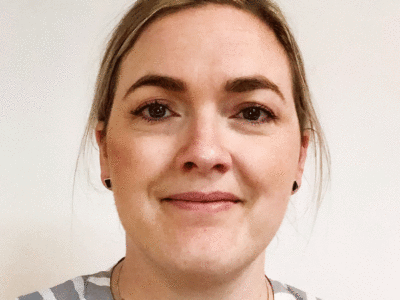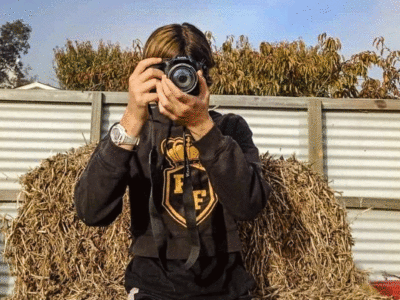Eight schools and 1500 students participated in Walk and Wheel Week this year, which was held 14-18 March.
Participating schools were Omakau, Clyde, Tarras, The Terrace, Alexandra Primary, Goldfields, St Gerard’s and Cromwell Primary.
Sports Central and Central Otago District Council have teamed up to produce the annual week-long event which aims to encourage active transport to and from our local schools.
Active transport can be by biking, scootering, walking, rollerblading or skateboarding – anything, as long as it is active.
Ella Brown, PE and Play Advisor for Sports Otago, says,
“Each day for the week had a theme to encourage hype.
Usually we would have a mascot visit the various participating school to create buzz, but with the current regulations we are giving out spot prizes and encouraging themed days.”
Ella expressed gratitude to sponsors Central Otago Sports Depot, Highlands Motorsport Park, Alexandra Ice Rink and the Cromwell and Alexandra Pools.
She believes that the week is an excellent prompt for conversations around active transport, the environment, and how we can do our part to help, all by starting with something like the morning school commute.
“It would be great for parents and schools to continue to support this Kaupapa wherever and whenever possible, making our community a healthier place all round,” she says.
James McCallum, CODC Roading Manager, says, “I actually participated earlier this week with my five-year-old daughter and we had a blast!”
Ella is delighted with the success of the week, saying, “I received such positive feedback throughout the whole week with schools and teachers sending me photos and sharing their stories with us with petrol prices at the moment I’m sure we had some very happy parents too.”
Sport Otago say that children need to engage 60 minutes of activity each day and they are hoping to work on a solution to incorporate some movement before and after school for students who need to bus.
This could be as simple as parents dropping off their children a little further down the road from their bus stop, ‘so our tāmariki can get in a walk before they hit the classroom’.
It could be allowing students to bike or scoot on school ground at lunchtime, or simply for students to be more aware of their environment on their usual route.











